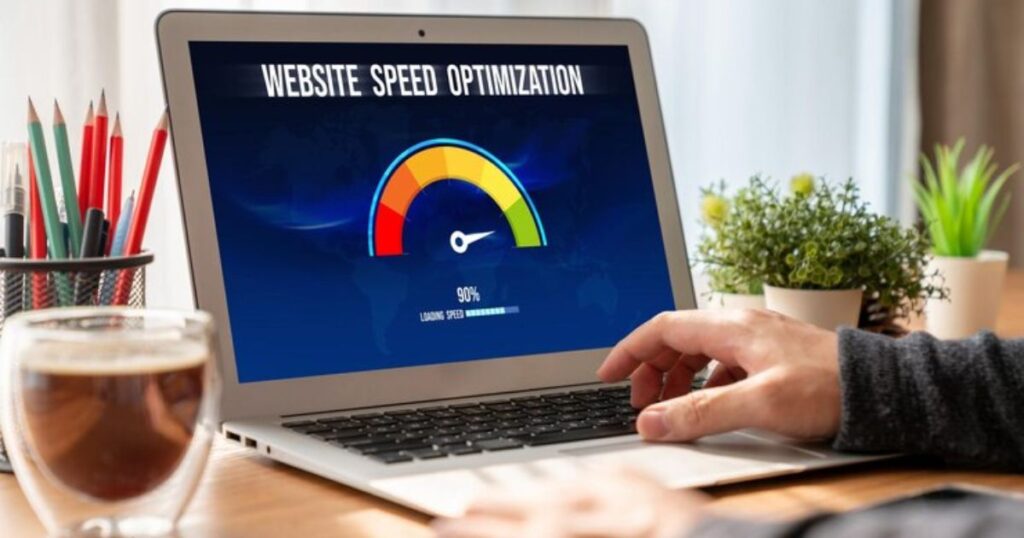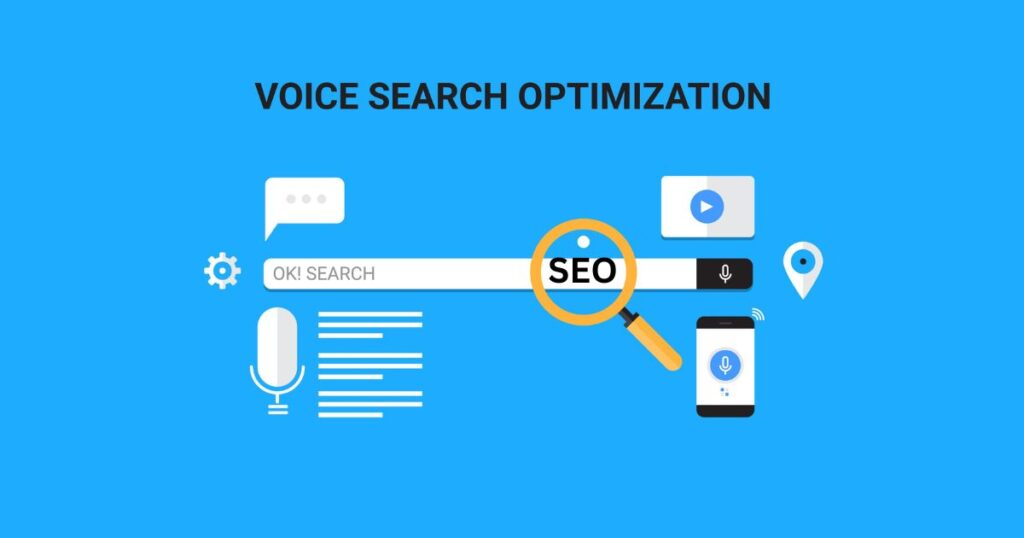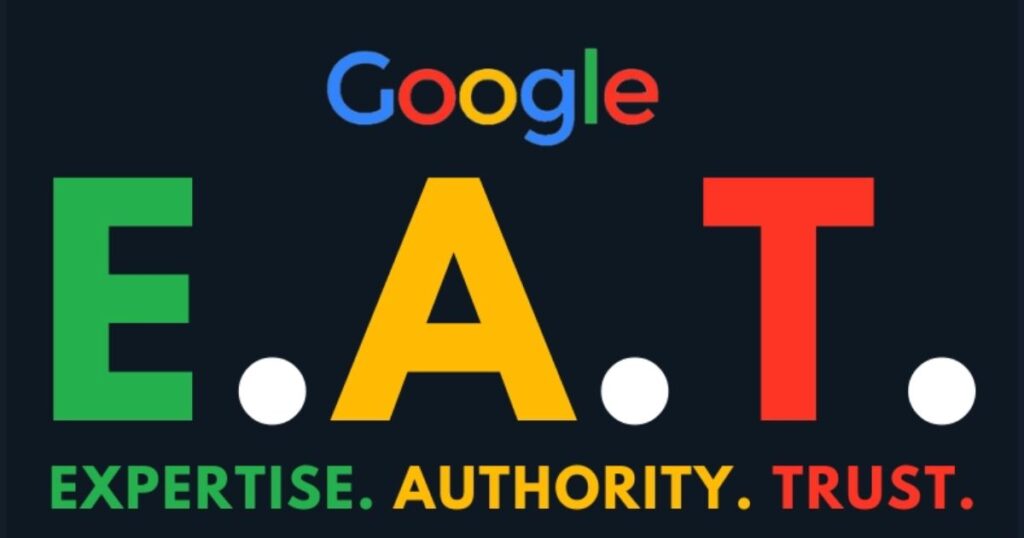Ever wondered why some websites always pop up when you’re searching online? It’s not magic – it’s smart SEO. Let’s dive into David Aziz’s proven strategies to boost your site to the top of Google’s search results.
Getting your website on Google’s first page is like striking gold in the digital world. It means more eyes on your content, more clicks, and potentially more business. But with millions of websites out there, how do you make yours stand out?
David Aziz, a seasoned SEO expert, has cracked the code. His strategies have helped countless websites climb the search engine ladder. Let’s break down his approach and see how you can apply it to your own site.
Understanding Google’s Ranking Factors
Before we jump into the strategies, let’s talk about what Google actually looks for. It’s not just about stuffing your site with keywords anymore. Google’s gotten smarter, and so should we.
Google wants to give users the best possible experience. That means serving up relevant, high-quality content that answers their questions. It also looks at how user-friendly your site is, how fast it loads, and whether other reputable sites link to you.
Now, let’s dive into David Aziz’s strategies to tick all these boxes and more.
Keyword Research and Optimization

Keywords are the foundation of SEO. They’re the phrases people type into Google when they’re looking for something. But how do you know which ones to target?
David suggests using tools like Ahrefs, SEMrush, or Google Keyword Planner. These help you find keywords with high search volume but low competition – the sweet spot for SEO.
Once you’ve got your keywords, use them naturally in your content. Sprinkle them in your titles, headers, and throughout your text. But remember, write for humans first, search engines second.
Optimizing Your Website for Search Engines
SEO isn’t just about what’s on your pages – it’s also about how your site is built. This is where technical SEO comes in.
Make sure your site is easy for Google to crawl and index. Use a clear site structure, create an XML sitemap, and optimize your robots.txt file. These might sound techy, but they’re crucial for getting Google to understand and rank your site.
Also, don’t forget about mobile optimization. More than half of all web traffic comes from mobile devices now. If your site isn’t mobile-friendly, you’re missing out big time.
Quality Content Creation: The King of SEO

You’ve probably heard “content is king” a million times. Well, it’s true. Google loves fresh, original, high-quality content that provides value to readers.
But what does “quality” mean to Google? It’s content that’s comprehensive, well-researched, and answers users’ questions. It’s not about hitting a specific word count – it’s about covering a topic thoroughly and uniquely.
Try creating long-form content that dives deep into a topic. Use images, videos, and infographics to make it more engaging. And always, always focus on providing value to your readers.
On-Page SEO Techniques

On-page SEO is all about optimizing individual pages on your site. This includes things like:
- Optimizing title tags and meta descriptions
- Using header tags (H1, H2, H3) correctly
- Optimizing images with alt text
- Internal linking to other relevant pages on your site
These might seem like small details, but they add up. They help Google understand what your page is about and how it relates to users’ searches.
Building High-Quality Backlinks

Backlinks are like votes of confidence from other websites. When reputable sites link to you, Google sees you as more authoritative.
But not all backlinks are created equal. A few high-quality backlinks from respected sites in your industry are worth more than hundreds of low-quality links.
Focus on creating link-worthy content. Reach out to industry influencers. Guest post on reputable blogs. These strategies take time, but they pay off in the long run.
Mobile Optimization: A Must in Today’s Digital Landscape
With more people using smartphones to browse the web, mobile optimization isn’t optional anymore – it’s essential.
Ensure your site looks good and functions well on all devices. Use responsive design, optimize images for mobile, and make sure buttons and links are easy to tap on smaller screens.
Google uses mobile-first indexing, meaning it primarily uses the mobile version of your site for ranking. If your mobile site isn’t up to scratch, your rankings will suffer.
Website Speed Optimization

In today’s fast-paced world, nobody likes to wait. If your site takes too long to load, visitors will bounce – and Google will notice.
Use tools like Google PageSpeed Insights to check your site’s speed. Optimize images, leverage browser caching, and minimize code to speed things up.
Remember, every second counts. Even a one-second delay in page load time can significantly impact your conversions and rankings.
Technical SEO: The Backbone of Your Strategy

Technical SEO might not be as exciting as creating content, but it’s crucial for your site’s performance.
Ensure your site has a secure HTTPS connection. Fix any broken links or 404 errors. Use canonical tags to avoid duplicate content issues. These technical aspects might seem small, but they can make a big difference in how Google views your site.
Social Media Presence: Boosting Your Online Visibility

While social media signals aren’t a direct ranking factor, they can indirectly impact your SEO.
A strong social media presence can drive traffic to your site, increase brand awareness, and lead to more backlinks. Share your content on social platforms, engage with your audience, and build a community around your brand.
User Experience and Engagement: Keeping Visitors Happy

Google pays attention to how users interact with your site. If people quickly leave your site (high bounce rate) or don’t engage with your content, it sends negative signals to Google.
Focus on creating a great user experience. Make your site easy to navigate. Ensure your content is easy to read and valuable. The longer people stay on your site and engage with your content, the better.
Local SEO: Dominating Your Local Market
If you have a local business, local SEO is crucial. Claim and optimize your Google My Business listing. Ensure your NAP (Name, Address, Phone) information is consistent across the web. Encourage customer reviews.
Local SEO can help you appear in Google’s “Map Pack” – those local business listings that appear at the top of search results for local queries.
Monitoring and Analytics: Tracking Your Progress

You can’t improve what you don’t measure. Use tools like Google Analytics and Google Search Console to track your site’s performance.
Monitor your rankings, organic traffic, and user behavior. Look for patterns and insights. Use this data to continually refine your SEO strategy.
Stay Tuned for Algorithm Changes

Google’s algorithm is constantly evolving. What works today might not work tomorrow. Stay updated on the latest SEO news and algorithm changes.
Follow reputable SEO blogs like Search Engine Journal and Moz. Be ready to adapt your strategy as needed.
Leveraging Featured Snippets for Increased Visibility
Featured snippets are a game-changer in the SEO world. These are the boxed answers you often see at the top of Google’s search results. They’re like winning an extra lottery ticket in the SEO game.
To optimize for featured snippets, structure your content to directly answer common questions in your niche. Use clear, concise language and organize information in lists or tables when appropriate.
Remember, featured snippets are all about providing quick, valuable answers. If you can do that consistently, you’re giving yourself a great shot at that coveted position zero.
Voice Search Optimization: The Future of SEO

With the rise of smart speakers and voice assistants, optimizing for voice search is becoming increasingly important. Voice searches tend to be more conversational and question-based.
To optimize for voice search, focus on long-tail keywords that mimic natural speech patterns. Create content that directly answers these conversational queries. Use structured data markup to help search engines understand your content better.
Think about how people speak, not just how they type. This shift in perspective can open up new ranking opportunities in the voice search landscape.
E-A-T: The Holy Grail of Google’s Quality Standards

E-A-T stands for Expertise, Authoritativeness, and Trustworthiness. It’s a key factor in Google’s search quality evaluator guidelines, especially for YMYL (Your Money or Your Life) topics.
To improve your E-A-T:
- Showcase your expertise through in-depth, well-researched content
- Build your brand’s authority through thought leadership and industry recognition
- Establish trust through transparent policies, secure transactions, and positive user reviews
Remember, E-A-T isn’t just about impressing Google. It’s about genuinely being a trusted resource in your field. Focus on that, and the rankings will follow.
The Power of Video Content in SEO

Video content is booming, and it can be a powerful tool in your SEO arsenal. YouTube is the second largest search engine after Google, and videos often appear in Google’s search results.
Create engaging, informative videos that complement your written content. Optimize your video titles, descriptions, and tags with relevant keywords. Consider creating video transcripts to make your content more accessible and searchable.
Don’t forget to promote your videos across your other channels. A well-placed video can increase time on page and engagement – both positive signals to Google.
Building a Strong Internal Linking Structure
Internal linking is often overlooked, but it’s crucial for SEO success. It helps distribute page authority throughout your site and makes it easier for both users and search engines to navigate your content.
Create a logical hierarchy of pages on your site. Link from high-authority pages to important content you want to rank. Use descriptive anchor text that gives context about the linked page.
Think of your internal linking strategy as creating a roadmap of your site. The clearer this map is, the easier it is for Google to understand and rank your content.
Leveraging User-Generated Content for SEO

User-generated content (UGC) like reviews, comments, and forum posts can be SEO gold. It provides fresh, relevant content and shows that your site is active and engaging.
Encourage users to leave reviews and comments. Moderate UGC to ensure quality and relevance. Consider creating a community forum or Q&A section on your site to foster user engagement.
UGC not only helps with SEO but also builds trust with your audience. It’s a win-win strategy that can significantly boost your online presence.
Putting It All Together: David Aziz’s Holistic Approach
David Aziz’s approach to SEO isn’t about quick fixes or tricks. It’s about creating a website that truly deserves to be on the first page of Google.
Focus on creating great content that serves your audience. Build a fast, user-friendly website. Earn high-quality backlinks through valuable content and relationships. And always, always put your users first.
Remember, SEO is a marathon, not a sprint. It takes time, effort, and patience. But with David Aziz’s strategies and a commitment to quality, you can climb those search engine rankings and reach that coveted first page.
Start implementing these strategies today, and watch your website’s visibility grow. Keep learning, keep improving, and soon enough, you might just find yourself at the top of Google’s search results.
Read Also These:
Hackerone-300m-4m-toulasbleepingcomputer to Boost Cybersecurity
Pedrovazpaulo Coaching: A Program for Personal and Professional Growth
FAQ’s
How do I get on the first page of Google search?
Focus on quality content. Use relevant keywords naturally. Build high-quality backlinks. Optimize for mobile. Improve site speed. Use on-page SEO techniques. Create a great user experience. Stay updated with Google’s algorithm changes.
How do I appear on top of Google search?
Target featured snippets. Use structured data markup. Focus on user intent. Create comprehensive, authoritative content. Earn high-quality backlinks. Optimize for local SEO if applicable. Improve website loading speed. Ensure mobile-friendliness.
How much does it cost to be on the first page of a Google search?
Organic SEO: Free, but requires time and effort. Paid ads (Google Ads): Varies by industry and competition. SEO services: $500-$5000+ per month. Content creation: $100-$3000+ per piece. Technical improvements: $1000-$10,000+ one-time. Actual costs depend on your niche and goals.
How to rank #1 on Google?
Create exceptional, unique content. Optimize for relevant keywords. Build authoritative backlinks. Improve website speed and performance. Ensure mobile-friendliness. Use schema markup. Focus on user experience. Regularly update and improve content. Build brand authority and trust. Stay patient and consistent in your efforts.
Conclusion
Getting to the first page of Google isn’t a destination – it’s a journey. It requires consistent effort, adaptability, and a commitment to providing value to your audience.
David Aziz’s strategies provide a solid roadmap, but remember that every site and niche is unique. Test different approaches, monitor your results, and be willing to pivot when needed.
Stay curious, stay persistent, and always keep your users at the heart of your SEO efforts. With time and dedication, you’ll see your site climbing those search rankings and reaping the rewards of increased visibility and traffic.
Remember, SEO is as much an art as it is a science. Embrace the challenge, enjoy the process, and here’s to seeing you on page one!

Hello, I’m Scarlett Autumn an author at Trendyloams.com, specializing in Business, Tech, Lifestyle, and News. My writing offers insightful analysis and engaging content, covering a wide range of topics. With a talent for simplifying complex concepts, I ensure my work is both accessible and thought-provoking. Follow me on Trendyloams.com for fresh perspectives and the latest updates on what’s shaping the world of business, technology, and beyond.

